
How a Pitot Tube Works
A pitot tube is an air pressure sensor used to measure airspeed. Here is how a pitot tube works.
Table of Contents
A pitot tube is an indispensable instrument on modern aircraft and is necessary for a safe flight. Flight computers use data from the pitot tube to determine the airspeed.
Errors and failures in the pitot tube system are considered potentially safety-critical and have contributed to several accidents and crashes over the years.
Let's explore how a pitot tube works.
What Is a Pitot Tube?
A pitot tube is an instrument used to measure the velocity of a flowing fluid. Because air is considered a fluid in physics, aircraft use a pitot tube as a sensor that provides vital data necessary for a safe flight by measuring air pressure.
Flight data such as airspeed, altitude, and rate of climb stems from the pitot tubes and associated systems. As such, several essential flight instruments and flight systems rely on them for data. Including the autopilot.
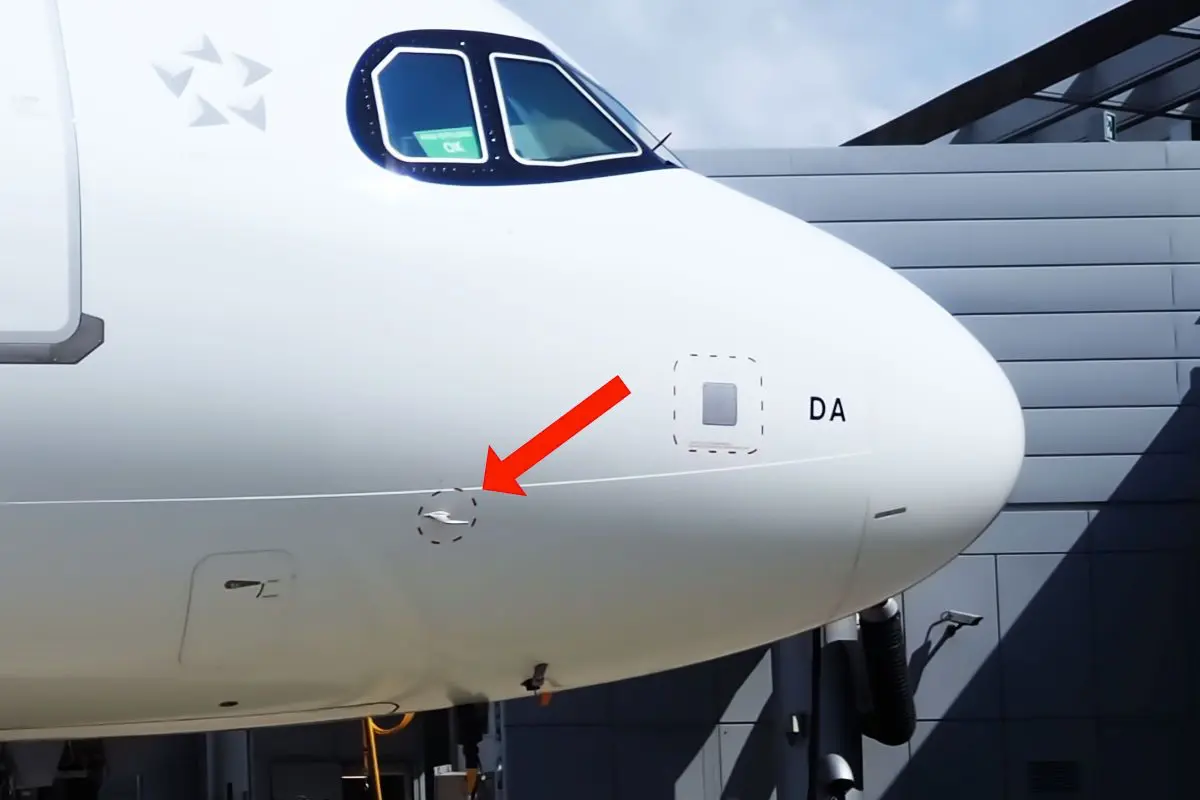
French engineer Henri Pitot invented the pitot tube in 1732 after he was assigned to measure the water flow in the Seine river in Paris. In the mid 19th century, French scientist Henry Darcy modified it to its modern form.
Because pitot tubes provide such critical data to the aircraft, errors in the pitot tube system are considered a potential safety risk. Consequently, manufacturers install several pitot tubes for redundancy.
The sensor consists of a small metal tube that points forward with its opening towards the relative wind direction. Aircraft manufacturers typically mount the pitot tubes on the front part of the aircraft, near the cockpit, or on the wings. This placement allows for more precise measurements since the airflow here is less distorted by the aircraft structure.
The metal tube itself is around 10 inches (25 cm) long with a 1/2 inch (1 cm) diameter hole, and the pitot tube has no moving parts.
How a Pitot Tube Works
When an aircraft travels through the air, the air flows against it at a certain velocity. The air's velocity is what generates lift under the wings, keeping the aircraft flying.
Therefore it is essential to gauge this velocity.
The working principle behind the pitot tube starts with an open metal tube pointing directly into the air.
When the aircraft moves, the air rams into the tube. The air cannot escape this small enclosed space and consequently comes to rest. In other words, the air stagnates, and the pressure it creates is called stagnation pressure or pitot pressure. The faster the aircraft flies, the higher the stagnation pressure.
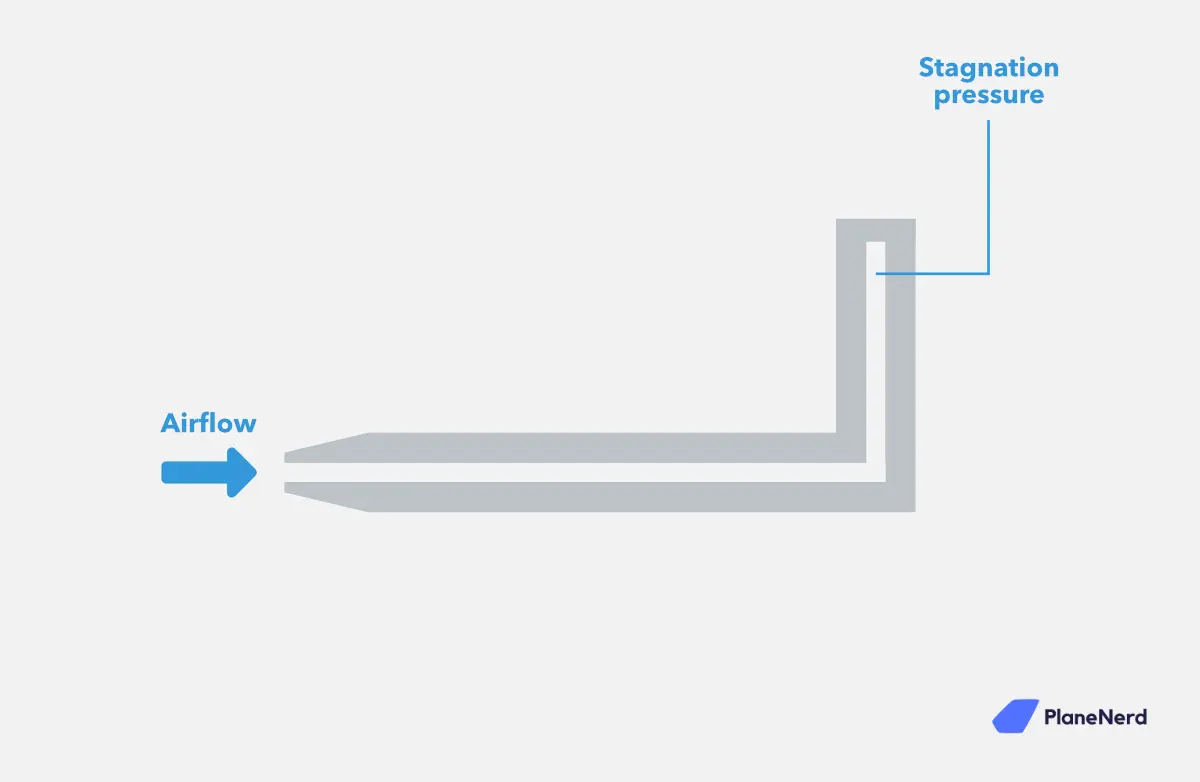
However, the stagnation pressure itself is not enough to determine airflow velocity.
Help From Another Sensor
Air is a gas and is therefore compressible. The closer to the ground, the denser (or compressed) the air becomes. That means that when an airplane climbs, the air around it becomes less dense. In other words, air pressure is not constant everywhere.
Another sensor outside the aircraft measures the air pressure at the altitude the aircraft is flying. It is called static pressure and is unaffected by the movement of the aircraft through the air.
We call this sensor a static port, and aircraft engineers place them where airflow is relatively undisturbed. The static port is a flush-mounted sensor on the fuselage of the aircraft that measures the static pressure.
Onboard computers calculate the airspeed (by Bernoulli's equation) based on the difference between stagnation pressure and static pressure.
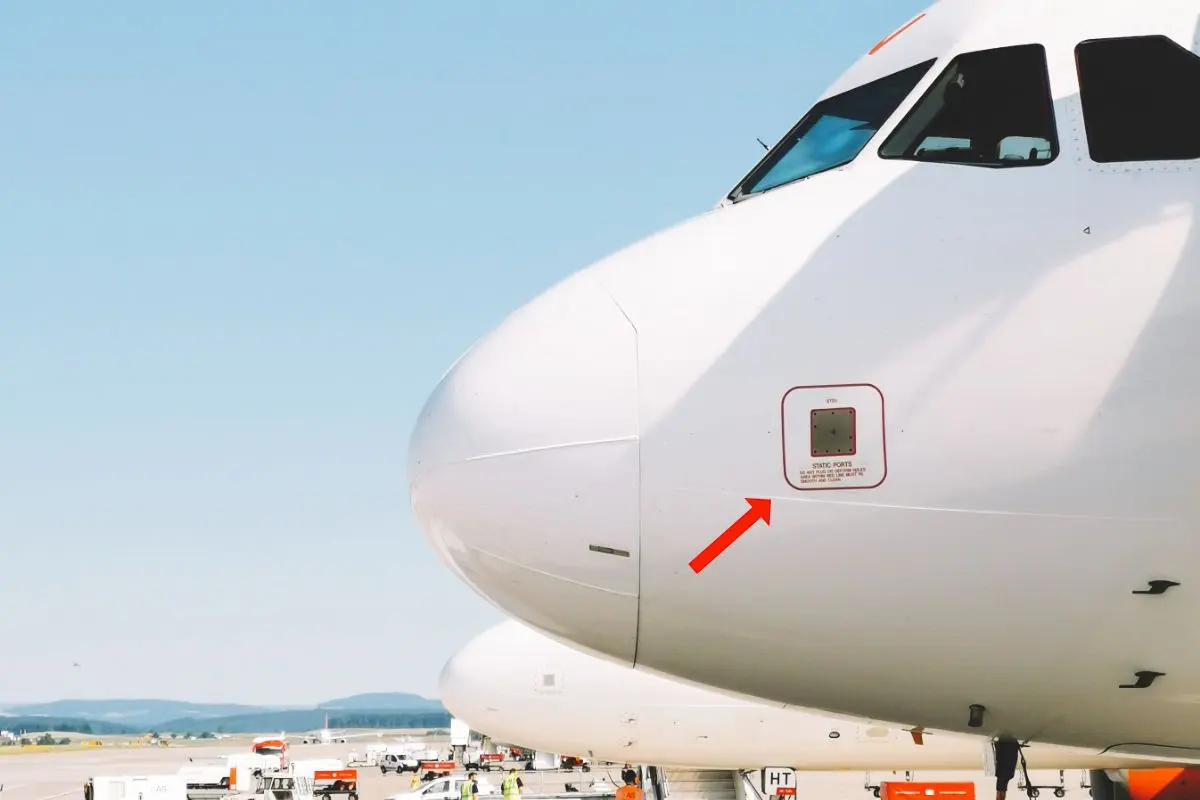
Some aircraft use a pitot-static tube, which integrates both a pitot tube and a static port in one device rather than two separate. The pitot-static tube has two openings, where a pitot tube has one. Like the pitot tube, an opening in the front measures the stagnation pressure. Another opening along the side of the tube gauge the static pressure.
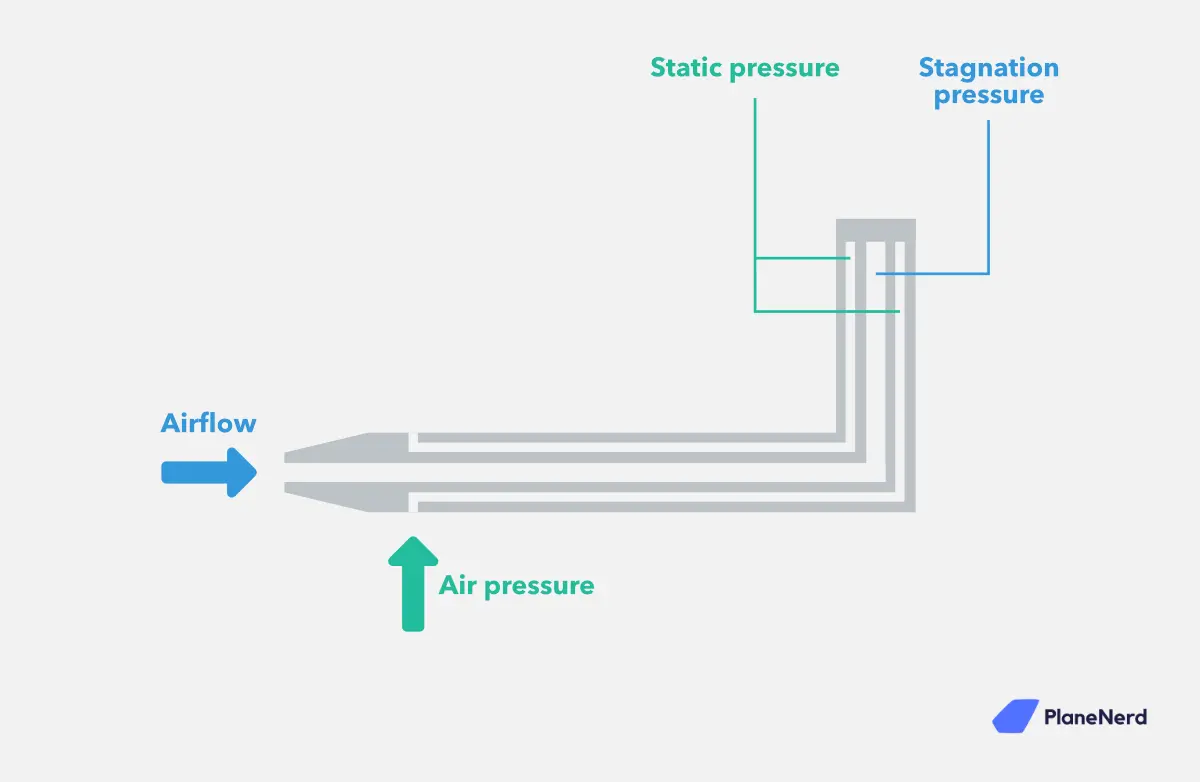
In modern aircraft with digital cockpits, like the Airbus A350, onboard flight data computers use static and stagnation pressure measurements to calculate airspeed, altitude, and vertical speed. On supersonic aircraft, computers use the data for the machmeter as well. A machmeter shows the ratio of true airspeed to the speed of sound - Important for supersonic flight.
Why Pitot Tubes Are Important
Data from the pitot tube (or pitot-static tube) is essential for a safe flight. Several fundamental instruments rely on data from these sensors.
It is essential to have correct and reliable indications of airspeed because of the way an aircraft stays in the air. If the plane flies too slow, the wings will not generate enough lift to sustain flight, and the aircraft will stall. Flying too fast will potentially damage the aircraft structure as it is not designed for those high speeds.
Pilots also use airspeed to estimate the flight length and consequently fuel requirements for the trip.
Because of the pitot tube's essential role, aircraft producers typically install several backup sensors, especially on modern jet airliners. So if one becomes inoperable, flight data computers can use another.
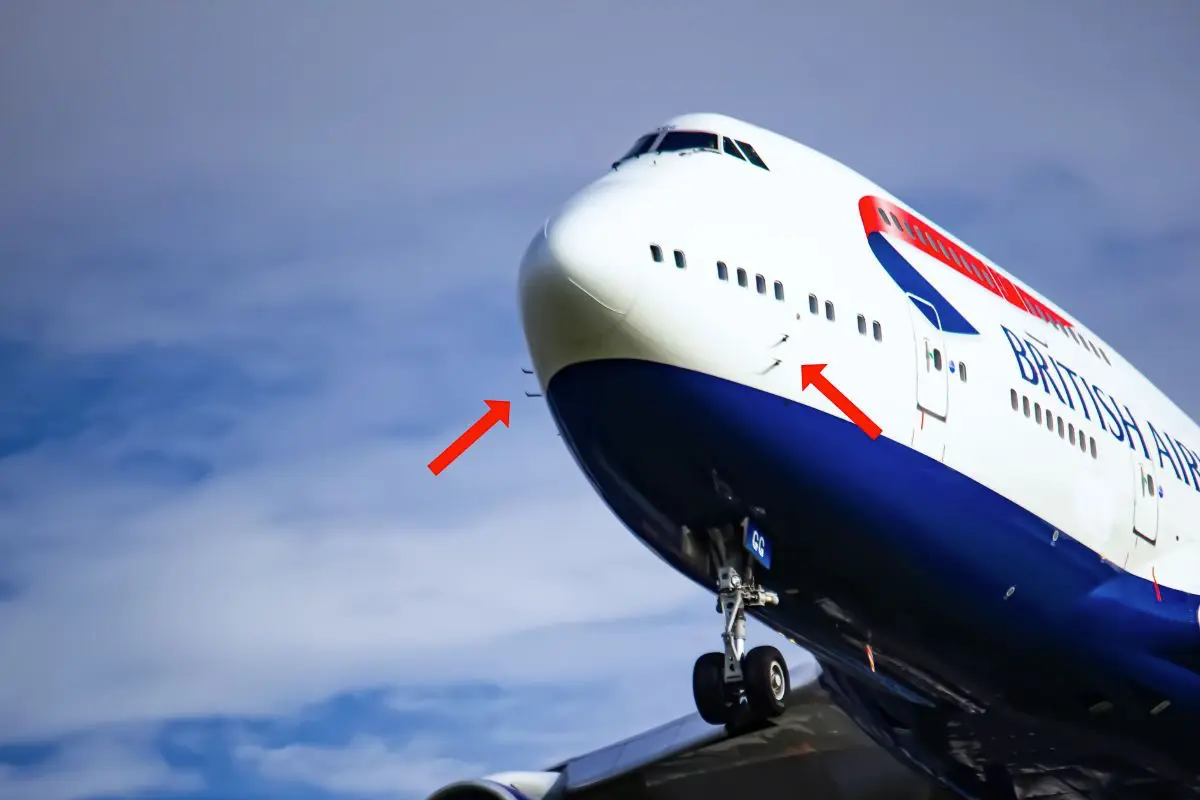
If an error or a failure occurs in the pitot tube system, it can have severe consequences for flight safety. Pitot tubes are prone to blockages by ice, water, or even insects that nest in them. A blocked pitot tube will produce inaccurate airspeed readings, as the air pressure in the tube is incorrect.
Therefore, aviation authorities strongly recommend that pilots thoroughly check the pitot tubes before a flight. To prevent ice buildup, manufacturers equip pitot tubes with heating elements. Aviation authorities require heatable pitot tubes for aircraft certified for instrumental flight. Maintenence workers prevent insects from nesting by covering the pitot tubes while the plane is on the ground for extended periods.
Air accident investigators have attributed pitot tube errors to several airline disasters. In 2009, Air France Flight 447 experienced ice crystal buildup, which caused a partial clogging of the pitot tubes, contributing to the fatal crash.
A Significant Sensor
Pitot tubes are essential instruments on aircraft as computers use them to measure airspeed. In this article we have explored how a pitot tube works.
In combination with other sensors, the computers can use data from the pitot tube to calculate altitude and vertical speed.
The data provided by the pitot tube is essential for flying the aircraft safely. Their importance to flight safety means that modern airliners typically have multiple pitot tubes equipped for redundancy. For the same reason, we consider errors in the pitot tube system as potentially safety-critical. The crash of Air France Flight 447 in 2009 was a tragic example of this.
Planenerd Newsletter
Join the newsletter to receive the latest updates in your inbox.






